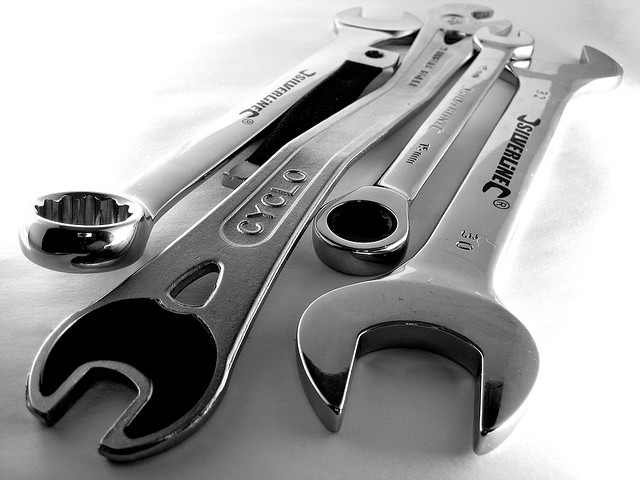
Avoiding accidents on the job is the number one goal of any site safety program. One of the most common and most potentially dangerous of the accidents that can happen on a site are dropped objects. For a perfect illustration of just how dangerous, take a look at the video of what happens to poor watermelon worker Dan when he is hit by a dropped object. Let’s take a look at the common causes of dropped objects, and ways to prevent these accidents from happening.
What Are Dropped Object Incidents and What Causes Them?
A dropped object incident refers to any time that an object is unsecured and drops from a height, causing a safety hazard. You can have an incident with no injuries, but as Dan showed us, the potential danger to workers below a falling object is significant.
It does not take very much height for an object to do serious damage to a person below. First aid can be required for something as small as a one pound object dropped from a height of two feet. This chart shows how the damage increases exponentially as the weights and heights increase. Fatalities can occur from as little as an eight pound object dropped from five feet.
So what causes dropped objects in the oil and gas industry? :
Hand Tool: Hand tools that are being used at heights or hand tools that were forgotten after they were used and left at a height are one of the most common causes of injuries on rigs. Hand tools are typically strong and made of dense metal. This means that when they fall they create a dangerous hazard for anyone below, even from a relatively short drop.
Mounted Equipment: Any equipment that is mounted at height and not secured properly. This could include lighting, piping, cameras or even the rigging hardware itself. As a rig shakes and vibrates, the improperly secured gear can work itself lose and fall, creating a hazard to anyone below.
Lifting: When objects are being lifted up to be used or rigged without being properly attached to the lifting devices, it is very possible a falling hazard could occur. Cranes, pulleys and even elevator platforms can all become falling hazards when they are lifting equipment that is not properly secured.
Prevention Strategies
Several things can be done to prevent the majority dropped object incidents.
1. Form a dropped objects group: Having a site specific group who is part of the safety team and focuses specifically on this problem is a good first step for prevention. This group can track data and identify problem areas. They can use that data to coach workers and management on how to focus efforts to reduce the number of incidents.

2. Implement an inventory program: A good way to prevent tools from being left at heights is to do an inventory checklist that counts tools that are taken up to a job done at height, then recounts the tools as they are returned after the job is completed. This will help to limit the amount of tools that are left behind by providing accountability for those tools at the end of each job.
3. Develop procedures for securing equipment and review them on a regular basis: Creating a standard operating procedure for objects that are rigged and secured at a height will help to ensure the same standards are enforced across the job site. This will help to eliminate equipment from shaking loose due to vibration.
The key to avoiding dropped object incidents in the oil and gas industry is prevention. With proper training on safety procedures and regular compliance checks on site, the vast majority of worksite accidents can be avoided.